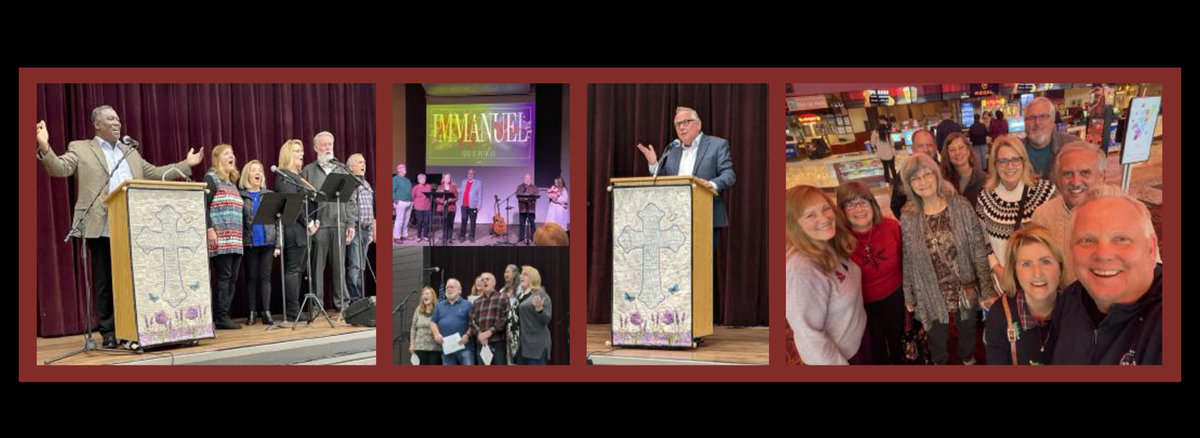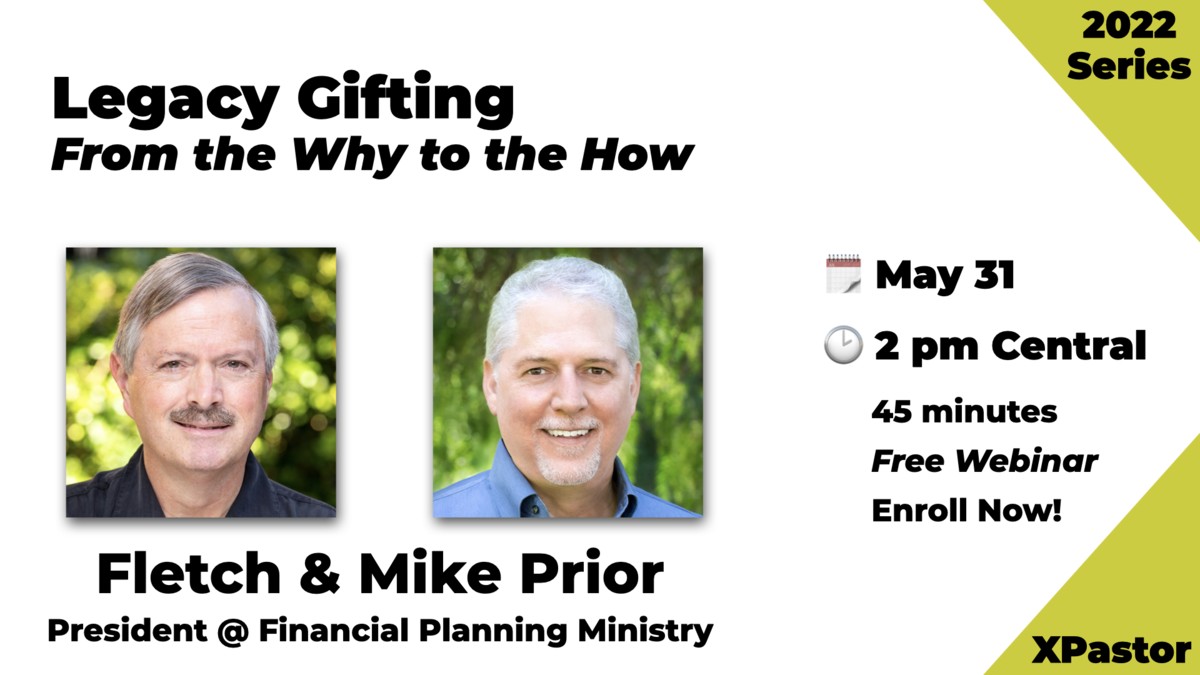Church giving and stewardship will continue to evolve and change in 2014. In working with churches in their stewardship practices and dealing with tithing, several trends are emerging. Knowing these trends will make you more effective in increasing giving to match your vision. These trends matter to you as a church leader. The economy is getting better. People feel more comfort in giving. As a leader, however, it is unwise to presume that givers will want to give to your church. Know these trends, be intentional about expanding your generosity culture and watch your giving grow.
1. Younger, emerging givers will need special coaching to engage and they will engage.
We can call them millennial, but they are much more than that. These younger givers have a skeptical view of the church for many valid reasons. Our church systems and communication must adjust to build these younger givers into disciples, a cornerstone of which is their view of giving and stewardship. The church will miss younger generational giving without adjustments.
2. Segmenting your communication will bring more giving.
Realize that communication must come in segmented forms all year, designed to connect with the many segments in your church. Older givers resonant differently than younger givers. Not all younger givers give online and not all older givers write checks. Young married couples with mortgage debt need unique messaging that differs from the young professionals with discretionary income. People who grew up in the church approach giving differently than someone new to church. The more we connect with people where they are will increase your giving. There is no longer a one format of church giver communication.
3. Church giving from outside of the worship service will increase to 50% or more.
Understand that the church that offers multiple on-ramps of giving will increase total giving. Many churches where I work now have 50% plus of all giving coming from outside the worship experience. For those that prefer to give as an act of worship, continue the practice. Understand that not all givers prefer to give in worship and cannot, even if they wanted to give. They do not have a checkbook and their debit card is not welcome in your church.
One church I work with stopped passing their traditional baskets but kept the offering moment strong in worship. Why? Because so many people had moved to online banking and mobile giving that passing the baskets was a negative influence on the whole. So few people used the baskets that people began to believe that no one really gave. They created well-made boxes in the sanctuary foyer. Giving continues to increase.
Consider a goal of 50% or more of your 2014 giving coming from non-worship venue on-ramps.
4. The tithe will lessen in practice and belief.
No matter where you embrace the theology of the tithe, know that the term increasingly does not mean what you think and want it to mean. We can debate the value of the loss of the term, but the term tithe only seems to have traction with long-time church veterans or those raised in the church. Churches that create a new conversation in giving (discipleship, generosity, liberating the soul from greed) are increasing their giving. Tithing does not have traction for most.
5. Discipleship becomes the foundation of increasing giving. Help people understand that their faith flourishes when their personal faith and finances intersect.
Normalize the conversation about giving as an extension of our faith. To normalize means we talk about it, celebrate it and model it. Church leaders cannot assume that people naturally know how to give or that they know how to overcome false assumptions about giving. A silent church leader will see default church giving patterns. 50% of regular attendees will not give. Of the 50% that do give, half or more of those will give less than $1,000 per year. You can change this pattern with a discipleship pathway.
6. Financial leaders will require increased discipleship and coaching.
There is an increasing gap between those with capacity to give and those that cannot. Wealth is expanding for a few, but many are not gaining financial growth. For those who are financial church giver leaders, disciple and coach them in how to be rich in this present world. The bulk of your giving will come from this smaller group. Engaging with this group in a pastoral manner will serve their spiritual growth well. For those on the lower end of the giving spectrum, increase your equipping ministry through one of the good resources such as Financial Peace or Crown.
7. Mobile giving options will increase. Technological change moves quickly.
We are now seeing cutting edge mobile giving options that will most likely become the norm in your church within five years. Maybe less. If your website is not mobile, then your giving is not mobile either. If your website requires a log-in, you are losing givers. Give the potential giver the option of creating an account before giving.
8. Church giver communication will have to become more visual.
Your communication is in a very competitive environment. I see analytics often on email and web traffic. The open rates are very low. Printed letters are not as effective using default church communication patterns (for example, if you always use window envelopes in your annual contribution statement, consider using something different.) That is a bad way to tell your story and to engage in the conversation. Using brief videos, compelling annual impact pieces and showing impact will lead to more giving. A picture increasingly is worth way more than 1,000 words.
9. Excellence in environments has been replaced by impact and authenticity.
Excellence should be a mainstay of all elements of your ministry, but excellence is no longer the compelling value for givers. Excellence often means that the giver is not needed and that the church is in great financial shape. Givers are far more intrigued and respond to human impact and the authenticity of the leadership. Excellence, especially for younger givers, is a red flag for their skepticism in the institution. Be comfortable in expressing gaps in the vision and the financial resources needed. Allow leadership to show healthy growth and struggles in personal lives of leaders as well as the church organization. I am not suggesting poor quality. I am seeing that excellence without authenticity and obvious human impact minimizes giving.
10. Leverage the offering moment brings increased church giving.
As a church, you are the envy of every non-church ministry. Why? You have a minimum of 52 personal engagements with your givers every year. Non-church ministries rely on direct mail, banquets and personal discipleship with givers, which is very hard work. They are good at that work, however. Churches are not so good at leveraging the offering moments. Churches that plan the offering moment with as much intentionality as the music and message see amazing increases in giving. If you rotate seven topics and values around your offering moments, your giving will increase. If you would like more information or resources from Generis, visit www.generis.com.
Bonus trend
Innovation in giving strategies will yield more results and more sustained results in building a generosity culture. We are seeing very strong results; for example, when a church engages in a generosity initiative (formerly known as a capital campaign) that collapses all giving into One Fund. The one fund approach is a more compelling process to move givers along a generosity pathway and discipleship process while helping you fund all levels of your vision. Our givers welcome and value different approaches in giving rather than the default older models of campaigns.
The more seriously you take these trends now, the better your giving will be in 2014.











